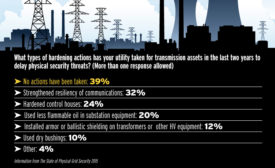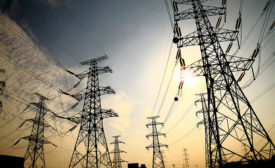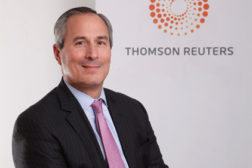Home » utility security
Articles Tagged with ''utility security''
Body, Bolt Cutter at Bottom of Pole
Copper Thieve Dies While Cutting Power to 3,100 in Southern California
Utility Constant Target
April 18, 2012
Power Plants Can Decide on Level of Weapons
New York Utility Requests Permission for Guards to Carry More Heavy Duty Weapons
Protect Against an Armed Assault
October 12, 2011
Sign-up to receive top management & result-driven techniques in the industry.
Join over 20,000+ industry leaders who receive our premium content.
SIGN UP TODAY!Copyright ©2024. All Rights Reserved BNP Media.
Design, CMS, Hosting & Web Development :: ePublishing







